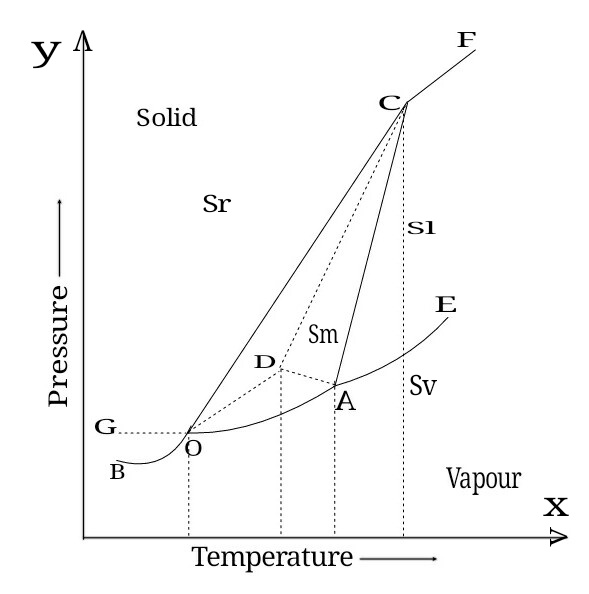TYBSC CHEMISTRY
TYBSC CHEMISTRY SYLLABUS
PHYSICAL CHEMISTRY
Physical Chemistry SEM I
1. Chemical Kinetics
2. Electrolytic Conductance
3. Investigation of Molecular Structure
4. Phase Rule
Physical Chemistry SEM II
1. Electrochemical Cells
2. Nuclear Chemistry
3. Crystal Structure
4. Quantum Chemistry
ORGANIC CHEMISTRY
Organic Chemistry SEM I
1. Strength of organic acids and bases
2. Stereochemistry of disubstituted cyclohexane
3. Nucleophilic substitution at aliphatic Carbon
4. Reactions of unsaturated hydrocarbons and carbon oxygen double bond
5. Elimination Reactions
6. Aromatic Electrophilic and Nucleophilic Substitution Reactions
Organic Chemistry SEM II
1. Carbanions and their reactions
2. Retrosynthetic analysis and applications
3. Rearrangement reactions
4. Spectroscopic methods in structure
determination of Organic compounds
5. Natural Products
INORGANIC CHEMISTRY
Inorganic Chemistry SEM I
1. Molecular Orbital Theory
2. Coordination Chemistry
Inorganic Chemistry SEM II
1. Chemistry of f-block element
2. Metals Semiconductors and Superconductors
3. Ionic Solids
4. Homogeneous Catalysis
5. Heterogeneous Catalysis
6. Bioinorganic Chemistry
ANALYTICAL CHEMISTRY
Analytical Chemistry SEM I
1 Gravimetric Analysis
2 Thermal methods of analysis
3 Spectrophotometry
4 Polarography
5 Atomic Absorption Spectroscopy
6 Flame Emission Spectroscopy
Analytical Chemistry SEM II
1 Solvent Extraction
2 Chromatography
3 Gas Chromatography
4 High Performance Liquid Chromatography
5 Electrophoresis
6 Nephelometry and Turbidimetry
INDUSTRIAL CHEMISTRY
Industrial Chemistry SEM I
1. Modern Approach to Chemical Industry
2. Agrochemicals
3. Manufacture of Basic Chemicals
4. Petrochemicals and eco-friendly fuels
5. Food and Starch Industry
6. Cement and Glass industry
Industrial Chemistry SEM II
1. Polymer chemistry
2. Sugar and Fermentation Industry
3. Soap, detergents and Cosmetics
4. Dyes and paints
5. Chemistry of pharmaceutical industries
6. Pollution prevention and waste management
ENVIRONMENTAL CHEMISTRY
Environmental Chemistry SEM I
1. Concepts and scope of Environmental Chemistry
2. Atmosphere and Air Pollution
3. Hydrosphere and water pollution
4. Introduction to Green Chemistry
5. Green Chemistry and Technology for sustainable development
6. Green Chemistry and Hazardous Organic Solvents
Environmental Chemistry SEM II
1.Water treatment and effluent management
2.Soil and solid waste management
3. Instrumental methods in environmental analysis
4. Green House Effect and Global Warming
5. Water the ultimate Green solvent
6. Energy Relations


Comments
Post a Comment